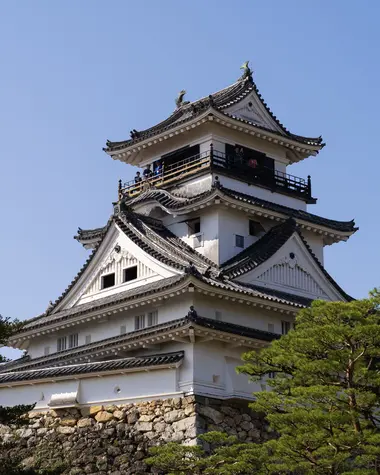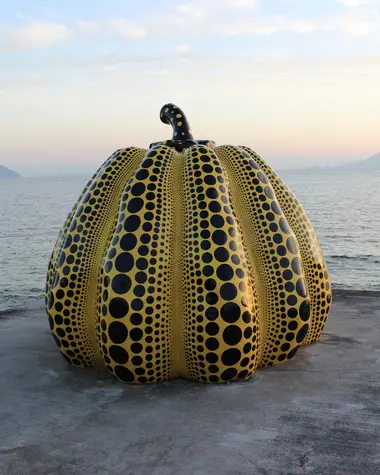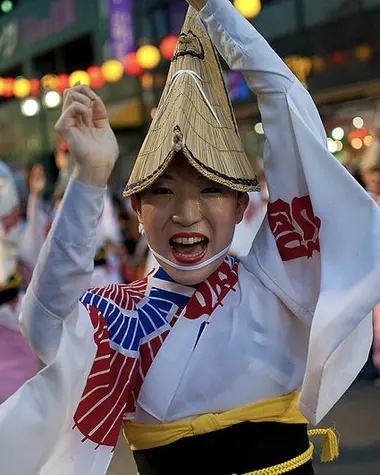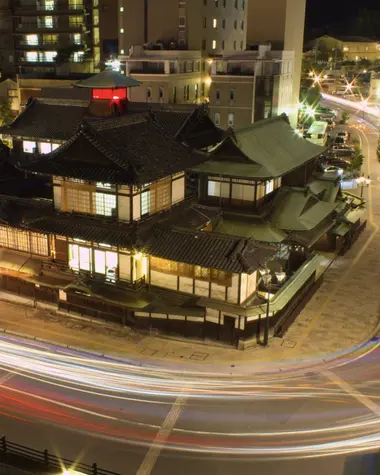Book your Regional Japan Rail Pass
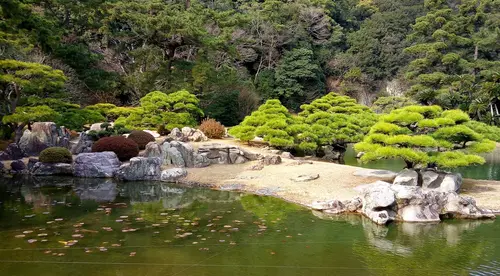
- Economic and simple
- Unlimited travel
Order your Regional Pass
EditShikoku Pass
ALL SHIKOKU Pass
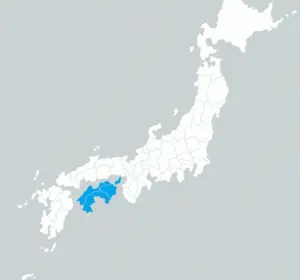
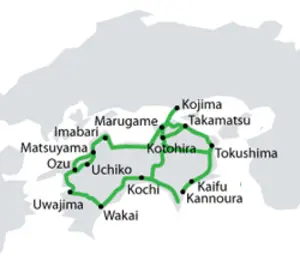
Your journey
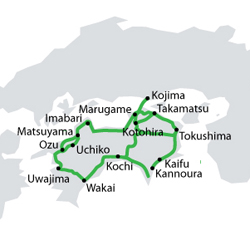
The JR Shikoku Rail Pass provides unlimited travel on JR Shikoku and some other rail lines in the Shikoku region for 3, 4, 5 or 7 consecutive days. It covers all of Shikoku's four main cities: Tokushima, Takamatsu, Matsuyama and Kochi.
The lines included with this rail pass are JR Shikoku, Tosa Kuroshio Railway, Asa Kaigan Railway, Kotoden, Iyotetsu, and Tosaden.
Pass Details
A child price (6 to 11 years of age) is available for this pass. Access to trains is free for accompanied infants age 5 or under.
Travelers who purchase the All Shikoku Pass from us will receive an exchange voucher. Upon arriving in Shikoku, they will need to exchange the voucher for the actual pass at one of the stations or exchange offices in Shikoku, listed below.
The Four Prefectures of the Shikoku Region
Shikoku is a major region Japan, that could be considered the country's best kept secret. The name "shikoku" itself can be translated as "the four nations," in reference to the four prefectures that make it up: Kochi, Kagawa, Tokushima, and Ehime. Amongst its most popular experiences, the 88 Temple Pilgrimage (known as the Shikoku Henro in Japanese) serves as one of the most spiritually driven journeys you can take upon visiting Japan. The All Shikoku Pass allows for easy access and navigation of this journey.
Kochi Prefecture
Kochi Prefecture is a largely rural area, known for its natural scenery of mountains, plains, and coast. It's home to one of the most well-preserved feudal castles, Kochi Castle. For a charming shopping experience, the famous Sunday market has been going on for nearly centuries, evolving with the times. Along with food, artisanal goods are sold by vendors and craftsman. A place like Kochi serves as a pleasant escape from larger cities in Japan.
Kochi is particularly popular with those looking for adventures in the water, as it is home to several rivers. Kayaking is popular on both the prefecture's rivers and oceans. Diving and ferry rides are also fun adventures, and for those looking for more leisurely activities, a day whale and dolphin watching around the waters of Kochi is very popular, and fun for the whole family.
Kagawa Prefecture
Kagawa Prefecture, the smallest prefecture in Japan, is home to Shodoshima, an inlet island with an array of unique features to attract travelers from all over. It was the first area in Japan to successfully grow olives, and has thus been nicknamed "Olive Island." In fact, much of the fame of Shodoshima is due to its gastronomic contributions, also well-renowned for its famous soy sauce breweries. Just like much of Shikoku, the natural attractions of Shodoshima are a major draw, including the wild monkeys that call Shodoshima home.
In addition, Kagawa is considered a mecca for those with an appreciation for art. Naoshima Island, right off the coast of Takamatsu, boasts some of the most well-recognized art installations in the world and garners the attention of visitors from all over the world, often traveling to this area of Japan specifically to see what the island has on display. The most iconic of these installations is the spotted pumpkin created by the equally iconic Yayoi Kusama.
Tokushima Prefecture
Tokushima Prefecture is located in the Eastern part of Shikoku and is connected to Honshu via bridge. It's in this prefecture where the Shikoku Henro traditional begins, starting with Ryozenji Temple. In fact, more than a quarter of all 88 temples of the Shikoku Henro are located within Tokushima, so those who undergo the pilgrimage will grow very familiar with the area.
Tokushima, despite being a smaller prefecture in terms of total area, is home to the largest street festival in all of Japan in the form of the Awa Odori Dance Festival that takes place in August. Millions of people, both within the prefecture and who travel from other parts of Japan and the world, attend and participate in the festival every year.
The area of Naruto in Tokushima is home to a number of natural whirlpools in the surrounding waters. Sightseeing boats can bring you out onto the water to see them up close, for one of the most unique natural experiences to be had within Japan.
Ehime Prefecture
Finally, Ehime Prefecture is located in the part of Shikoku Island that rests right below Hiroshima. This prefecture is a paradise for those who love the outdoors. One of the most popular reasons for travel to Ehime is for its cycling routes. There are nearly 30 different cycling routes within the prefecture that visitors can travel on, definitely an interesting and active alternative to traveling by bus or train (though these can be taken if necessary, with the All Shikoku Pass!).
Matsuyama City, the capital of Ehime Prefecture, is a beautiful blend of old and new. Within the city is the famous Matsuyama Castle, particularly beautiful in Spring. From here, travelers often make a stop at the famous and historic Dogo Onsen, said to be the oldest hot spring in all of Japan. Visitors to the onsen can leisurely enjoy some time in the baths to recover and relax.
Conditions of the All Shikoku Pass
Eligibility
- The pass user must hold a passport issued by a foreign government.
※外国での永住権を持っているお客様を含め、日本国籍のお客様は使用できません。
- The pass user must enter in Japan as a "短期滞在 (Temporary Visitor) ".
* "短期滞在 (Temporary Visitor) " is a status of residence defined under Japanese immigration law.
- You are not allowed to purchase or exchange more than one of the same pass for yourself the same use period.
- You must present your passport to receive the pass.
Exchange
- We will send the e-voucher to your email address within 5 business days of your order. If you want to get earlier, please contact us. (The e-voucher is not the actual ticket, you cannot take trains with the voucher)
- You can print out your e-voucher on A4 size paper, or you can simply show the voucher on your mobile device when you exchange.
You can redeem your voucher for a physical pass in the following locations:
- JR Shikoku Tour Takamatsu Branch, daily from 10:00 am to 6:00 pm
- Takamatsu Station, daily from 6:50 am to 8:10 pm
- JR Shikoku Tour Matsuyama Branch, daily from 10:00 am to 6:00 pm
- Matsuyama Station, daily from 4:50 am to 9:00 pm
- JR Shikoku Tour Tokushima Branch, daily from 10:00 am to 6:00 pm
- Tokushima Station, daily from 8:00 am to 7:40 pm
- JR Shikoku Tour Kochi Branch, daily from 10:00am to 6:00pm
- Kochi Station, daily from 7:40 am to 7:40pm
- JR Shikoku Tour Umeda Branch, 1:00PM to 5:00PM on Wednesdays, Thursdays and Fridays
- Nippon Travel Agency TiS Okayama, daily 10:00AM to 4:00PM, Closed on Tuesdays
Validity
What is included with the pass?
- The lines included in the pass: JR Shikoku Tosa Kuroshio Railway Asa Kaigan Railway Kotoden Iyotetsu Tosaden.
What is excluded with the pass?
- The pass is NOT valid on the Sunrise Seto overnight train line or buses.
Seat Reservations
- With the pass, no additional fee is required when reserving seats.
- Non-reserved Ordinary class cars can be accessed freely.
- In order to travel in first class (Green cars) you will have to pay additional fees.
- To access the platforms, show your pass to JR Shikoku staff located at the ticket gate to the platform.
- To reserve a seat, ask the JR Shikoku staff at the ticket office.
- It is a personal pass and cannot be transferred or shared. Please always carry your passport when using the pass, as station and train staff may ask to check it.
Cancellation Policy
An unused voucher is refundable for one year from the date of issue.
The voucher can be refunded if it has never been exchanged in Japan.
A cancellation fee of 15% of the voucher price will be retained.
No refund is possible for a voucher received by us more than one year after the date of issue.
No refund is possible for a lost or stolen pass.
Common Questions
Frequently Asked Questions on the JR Shikoku Pass
